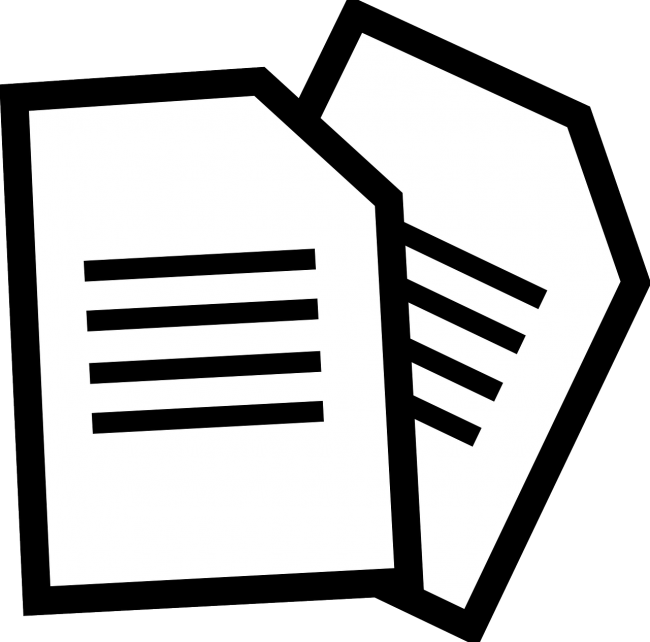 Congratulations, you’ve done it! After countless applications, nerve-wracking interviews, and perhaps even a bit of nail-biting, you’ve landed the job. Now, you might be thinking, “You’re hired! (Now what?)” Transitioning from the job hunt to actually stepping into your new role can feel like embarking on a whole new adventure. But we always seek to MANAGE our careers, right? This means keeping our eye on the ball all the way through this process – from the acceptance to receiving your first paycheck. So let’s dive into what comes after the euphoria of acceptance settles.
Congratulations, you’ve done it! After countless applications, nerve-wracking interviews, and perhaps even a bit of nail-biting, you’ve landed the job. Now, you might be thinking, “You’re hired! (Now what?)” Transitioning from the job hunt to actually stepping into your new role can feel like embarking on a whole new adventure. But we always seek to MANAGE our careers, right? This means keeping our eye on the ball all the way through this process – from the acceptance to receiving your first paycheck. So let’s dive into what comes after the euphoria of acceptance settles.
Sundown Your Search
As you pivot from active job seeker to enthusiastic new hire a proper search shutdown important in making the transition smoothly and respectfully. Be sure to communicate with recruiters and hiring managers you’ve accepted the role. Your journey to your new role likely involved interactions with various recruiters and hiring managers. Now that you’re hired into the role, it’s crucial to inform them that you’re no longer in the market.
This step isn’t just about closing current conversations; it’s about preserving the relationships you’ve built. The professional landscape is ever-evolving, and the connections you cherish today may open doors in the future. A brief, polite message to thank them for their time and to let them know of your new role will ensure you part ways on positive terms, leaving the door open for future interactions.
Inform your network that you’re hired and that the search is over. These folks most likely have been actively supporting you by sharing opportunities, offering recommendations, or providing moral support. Informing them of your job acceptance is not just a matter of updating your status; it’s an expression of appreciation for their efforts. It relieves them from further job-hunting assistance on your behalf and allows them to share in your success.
A simple update or personal message to those who’ve been particularly involved will acknowledge their support and solidify your relationships.
And don’t forget to update your digital footprint after you’re hired: Turn off any “available for work” settings on job boards and LinkedIn. This not only reflects your current employment status accurately but also ensures that you won’t receive unnecessary job alerts or inquiries. It’s a clean and clear way to signal to the professional world that you’ve embarked on a new chapter, allowing you to fully focus on your exciting role ahead.
Observe and Note your New Work Culture
Stepping into your new role, you’re not just navigating a new job but also immersing yourself in a new work culture. The initial days at your new workplace are an invaluable time for observation and learning.
Pay close attention to the dynamics of your new workplace. How fast-paced is the environment? Is there a high level of professionalism, or does the culture lean towards the casual side? Observe the predominant communication styles—are they direct, or is there an emphasis on diplomacy? These insights will help you adjust your own approach to work and communication, ensuring a smoother integration into the team.
Like it or not, office politics play a role in most workplaces. During your early days, try to understand the underlying power structures and alliances within your office. Who are considered the influencers, and who are merely the noise? This knowledge is crucial for navigating your way through office dynamics and understanding where you might fit within the larger picture.
As you observe, you’ll start to differentiate between those genuinely on the upward trajectory and those who only appear to be. Identifying potential allies who are respected for their contributions and work ethic can be beneficial for your own path in the company. Aligning with individuals who share your professional values and have established themselves as key players can offer guidance and support as you grow in your role.
Now, as you absorb the nuances of your new work culture, reflect on how well you align with these dynamics. Do you see yourself thriving in this environment, or are there misalignments that might prompt you to consider planning your next move sooner than anticipated? Your fit within the company culture is pivotal to your job satisfaction and long-term success.
Update Your Resume and Your LinkedIn Profile
Hey, I have always been of the mind that you start looking for your next job the day after you’re hired. (I don’t know, maybe that’s the resume writer in me) It’s wise to keep your sails adjusted for new opportunities, is it not? With each role you embrace, your professional story grows richer.
So let’s start by adding your new role to your resume. Of course, at this point, it will only be the base job description. After all, you haven’t been there long enough to know where the bathroom is yet, so you certainly haven’t impacted revenue or efficiency yet. This at least sets the stage for future updates, where you can enrich this entry with specific highlights, achievements, metrics, and noteworthy projects you spearhead. Documenting these accomplishments in real-time ensures that your resume is always ready for whatever opportunity knocks next.
Similarly, update your LinkedIn profile with your current position. This isn’t just about adding a new job title; it’s an opportunity to refresh your personal brand. Consider modifying your tagline to align with the messaging you wish to convey in your new role and within the context of your new employer. This tagline is a powerful tool in painting a picture of who you are professionally and the value you bring to your new position.
Don’t forget to update your contact information on the platform. If your new role involves client interaction or networking, update your LinkedIn contact information with your new work email and possibly your work phone number. This makes it easier for professional connections, potential clients, or colleagues to reach you, further establishing your presence and accessibility within your new role.
As you step into your new role, remember that how you conclude your job search and integrate into your new environment sets the tone for your career trajectory. Each action, from graciously closing conversations with recruiters to meticulously updating your professional profiles, reflects a deep understanding of the interconnectedness of professional relationships and personal branding in shaping your future.
Observing and adapting to the work culture, identifying allies, and continuously refining your resume and online presence are not just tasks but strategic steps in cementing your place within your new organization and the broader industry. A thoughtful and proactive approach to the transition can transform new beginnings into stepping stones for long-term success and fulfillment.






